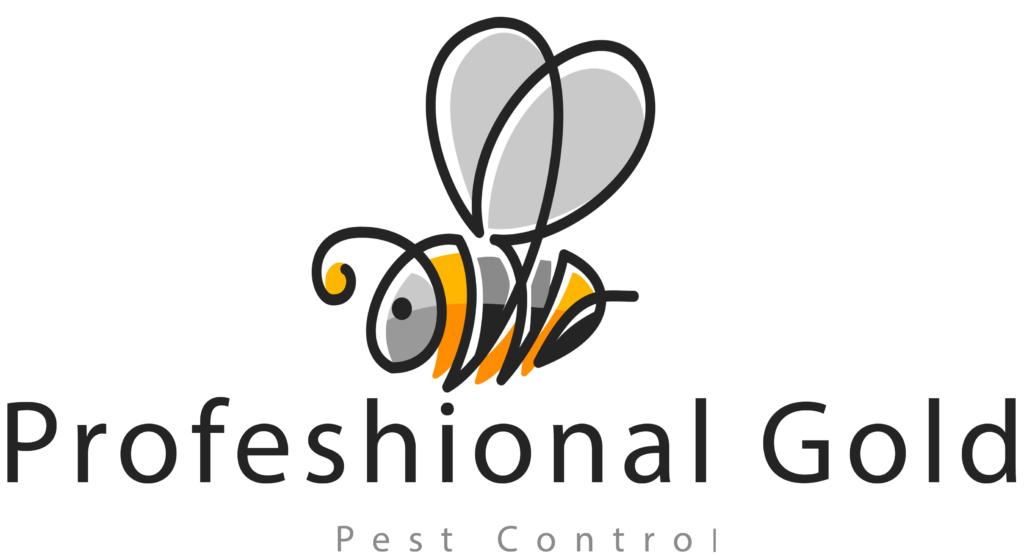Termites Control
Termites, also known as termites, are a type of social insect that live in large colonies. Termites are considered pests that pose a major threat to buildings and property, due to their ability to destroy wood and other organic materials that they use to build their colonies.
Termites are one of the most dangerous insects on Earth, especially since they can lead to the collapse of an entire building by feeding on cellulose in the folds of the building. It feeds on cellulose, which is available in many daily human uses (clothes – paper – carpets – rugs – mats – curtains – pillows and mattresses – wooden furniture
Termite damage
- Property damage: Termites feed on wood and plant fibers, which can lead to significant damage to the wooden structures of buildings such as foundations, furniture, and floors.
- Financial damage: Large infestations may lead to high repair and maintenance costs, as damaged parts of the building may need to be replaced.
Signs of termite infestation
The appearance of places of erosion of wooden furniture, damage to carpets and rugs, and erosion of wooden floors, the presence of clay pipes starting from the ground and extending to the source of the infestation
Methods of termite control:
Control is carried out in two main cases:
First: Control in the pre-construction stage
This stage is before the start of the construction process, and this process plays a major role in reducing the spread of the pest, and is divided into four stages
1_ The first stage is spraying under the cement layer of the foundations (under pouring Cleanliness) on which the building foundations are based before the insulating plastic is spread.
2_ The second stage is spraying between the walls of the excavations of the bridge columns and the foundations before pouring the sandy soil for the building surface, and the treatment process is carried out. By spraying, and in the event that the cement block is not poured on the same day of spraying, the soil is covered with plastic insulation.
3_ The third stage is spraying the concrete floors of the building surface after pouring the sandy soil to pour the concrete floors for the building surface, and in the event that the cement block is not poured on the same day of spraying, the soil is covered with plastic insulation.
4_ The fourth stage is spraying a longitudinal trench around the building and is carried out longitudinally parallel to the building wall from the outside to protect the building.
Second: Post-construction control
When existing buildings are infested with termites, it is necessary to cut off the connection between the colony in the soil and the individuals in the buildings by making holes in the soil around the foundations at a depth of 50-100 cm, as well as making holes from inside and outside the building that penetrate the cement layers every 50 cm longitudinally at a depth of 50-100 cm. Then, the pesticide solution is injected at a rate of 1.5-2 liters of the solution for each hole to ensure a continuous chemical barrier between the pesticide, and the holes are then closed with cement.
